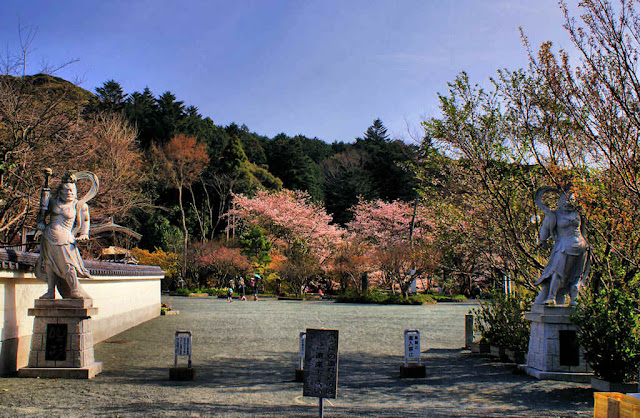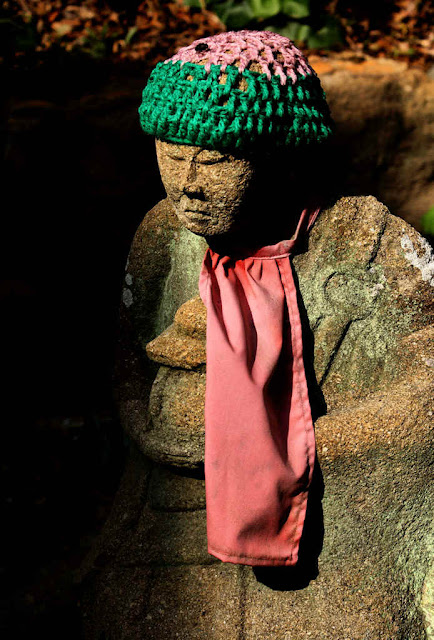Showing posts with label temple. Show all posts
Showing posts with label temple. Show all posts
Wednesday, December 25, 2024
Torigoe Kannondo & Yamate Yakushido Temples 82 & 11 Sasaguri Pilgrimage
Labels:
Fudo Myojin,
kannon,
sasaguri,
temple
Friday, December 20, 2024
Atagoyama Kannonji Temple 85 Kyushu Pilgrimage
Labels:
Fudo Myojin,
kyushu108,
ohanami,
senju kannon,
temple,
torii
Monday, December 16, 2024
Hozo-in Temple 84 Kyushu Pilgrimage
This was the final day of my 77 day walk along the pilgrimage and just needed this short ten kilometers section through Mrinohama to finish. The previous post was on temple 108 I visited yesterday.
Labels:
Fudo Myojin,
fukuoka,
kannon,
kyushu108,
temple
Sunday, December 15, 2024
Sutra Storehouse at Anyoji Temple
Labels:
iwami ginzan,
jodo,
kote-e,
shaka nyorai,
temple,
tendai,
world heritage
Thursday, December 12, 2024
Chinkokuji Okunoin Temple 108 Kyushu Pilgrimage
BUT!!!!!... on yesterdays walk I missed the last ten kilometers as I came into Fukuoka City from the south, and that includes two pilgrimage temples, so tomorrow I must go and do that section.
Labels:
fukuoka,
kobo daishi,
kyushu108,
temple
Tuesday, December 10, 2024
Chinkokuji Temple 88 Kyushu Pilgrimage
Chinkokuji, the 88th temple on the Shingon Kyushu Pilgrimage lies just across the river from the Munakata Taisha shrine in northern Fukuoka.
Labels:
Fudo Myojin,
fukuoka,
kobo daishi,
kyushu108,
nio,
temple
Subscribe to:
Posts (Atom)


































































